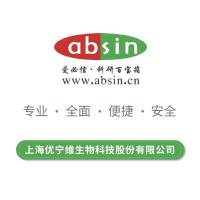The Technique of In Situ Hybridization
互联网
388
In situ hybridization (ISH) (also called “hybridization histochemistry” or “hybridization cytology”) was first described in 1969 by Gall and Pardue who used the technique to localize ribosomal DNA in Xenopus oocytes (1 ). In contrast to other techniques of hybridization (i.e., Northern or Southern blotting), ISH allows detection of specific DNA or RNA molecules in single cells, histological sections, or chromosomes. During the past decades, ISH has become a powerful tool in molecular biology and pathology, and has been widely applied to the localization of viral DNA, detection of expression of messenger RNA, and analysis of genes in chromosomes. This chapter describes the technique of ISH in some detail and also explains the pitfalls associated with its use.









